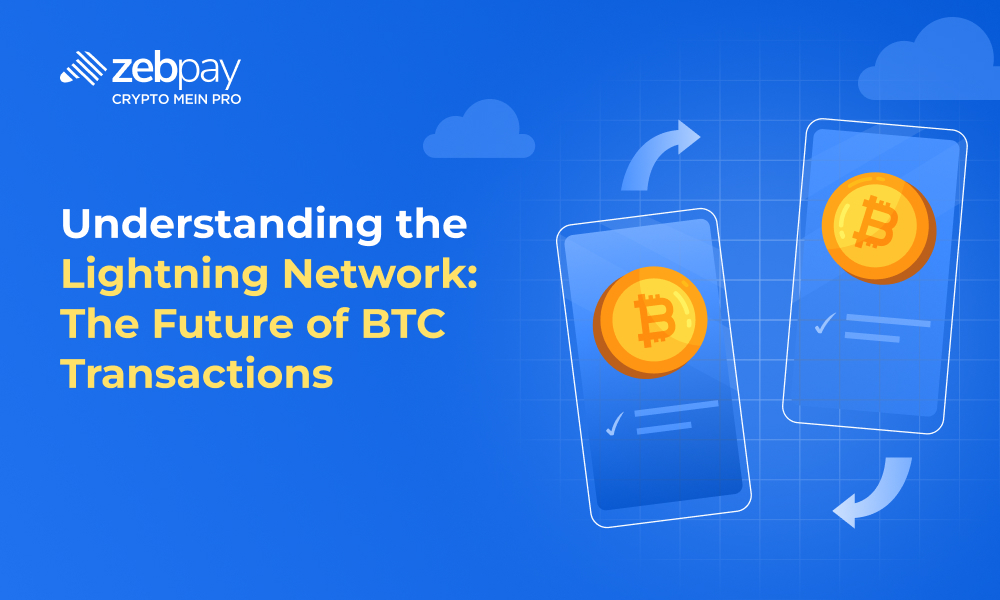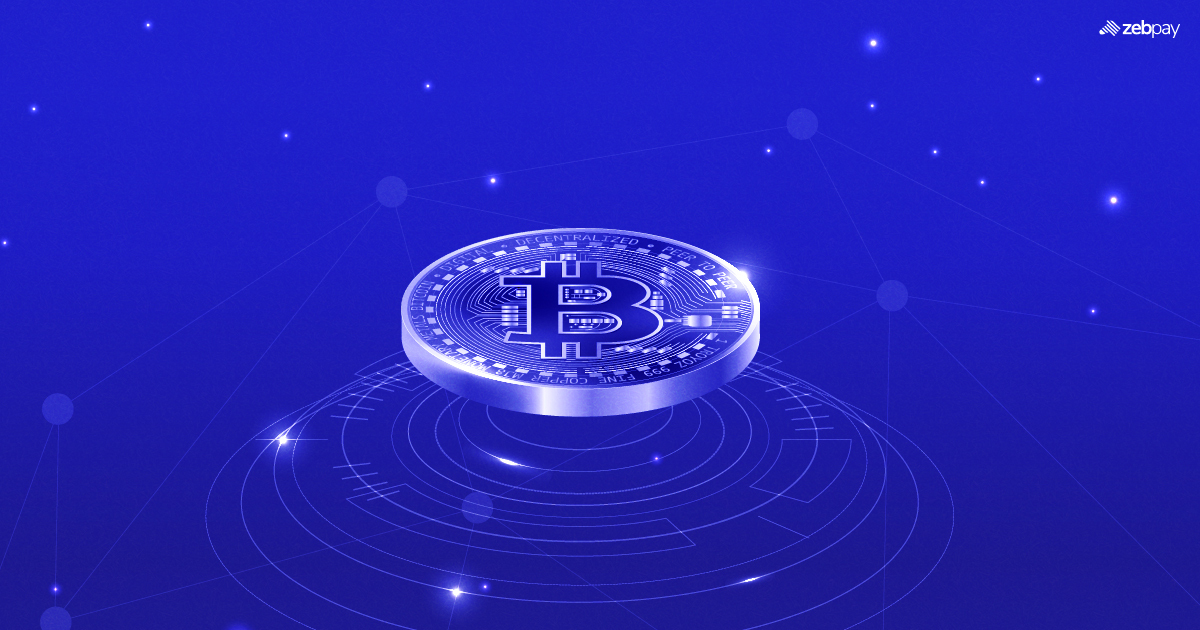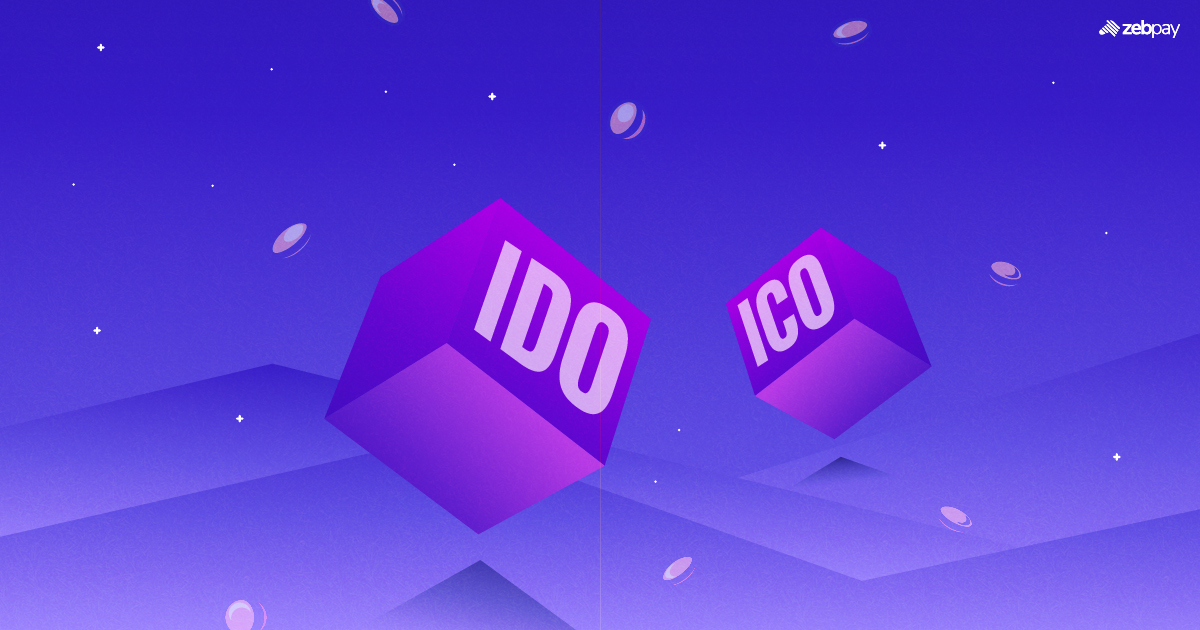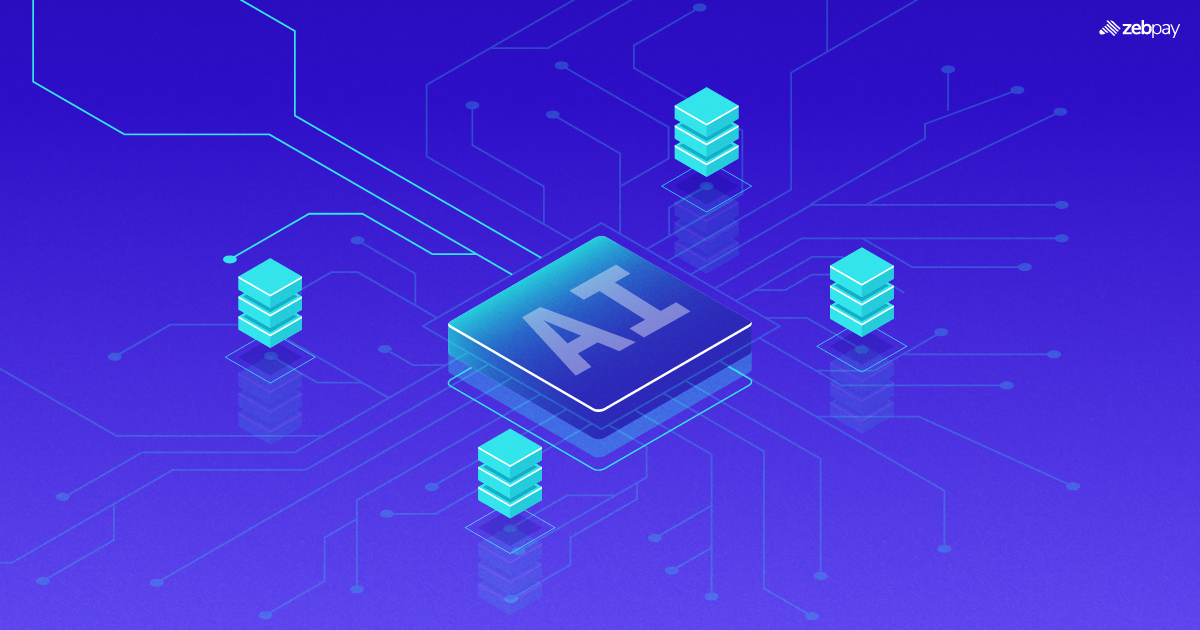Bitcoin’s (BTC) rise as a store of value and “digital gold” has solidified its position in the financial world, but its scalability issues remain a significant hurdle. With a transaction capacity of around 7 transactions per second and confirmation time averaging 10 minutes, BTC faces challenges in meeting the demands of a growing global user base. The Lightning Network, introduced as a Layer-2 solution, addresses these limitations by enabling fast, low-cost, and scalable transactions. By shifting most activity off-chain while preserving BTC’s security and decentralisation, the Lightning Network is poised to transform how BTC is used for everyday transactions, making it a viable option for both micropayments and large-scale adoption.
What is the Lightning Network?
- A Layer-2 protocol built on top of the BTC blockchain to enable fast, low-cost transactions:
- Operates off-chain, reducing the load on BTC’s main chain.
- Uses smart contracts to facilitate private and instant payments.
- Proposed in 2015 by Joseph Poon and Thaddeus Dryja to address BTC’s scalability:
- Works by creating “payment channels” between users – Transactions occur within channels and are only settled on the main blockchain when the channel is closed.
Read more: Layer-2 Blockchain
How the Lightning Network Enhances BTC Transactions
- Reduces transaction fees: On-chain Bitcoin transactions may cost several dollars; LN transactions cost fractions of a cent.
- Increases transaction speed: Settlement occurs almost instantly, compared to Bitcoin’s average block time of 10 minutes.
- Supports microtransactions: Enables payments as small as 1 satoshi, unlocking use cases like tipping and pay-per-use services.
- Boosts scalability: With LN, Bitcoin could theoretically handle millions of transactions per second.
Read more: Bitcoin Lightning Network
Key Features of the Lightning Network
| Feature | Description |
| Micropayments | Allows small payments, making it suitable for tipping, gaming, or content access. |
| Instant Payments | Transactions are confirmed in milliseconds without requiring block confirmation. |
| Cross-Chain Swaps | Supports atomic swaps between Bitcoin and other crypto assets. |
| Low Fees | Negligible costs make it viable for frequent, small-scale payments. |
| Pathfinding | Uses routing algorithms to find optimal transaction paths between nodes. |
Security & Privacy of the Lightning Network
- Enhanced privacy compared to on-chain Bitcoin transactions:
- Transactions remain private within payment channels.
- On-chain activity is minimized, reducing exposure to blockchain analysis.
- Smart contracts ensure funds are secure within the channel:
- Multi-signature wallets and hashed time-locked contracts (HTLCs) protect against fraud.
- Challenges:
- Channels require both parties to remain online to monitor for potential breaches.
- Initial setup requires an on-chain transaction, exposing some data.
Adoption and Use Cases
- Adoption by major platforms and wallets:
- Supported by popular wallets like Strike, BlueWallet, and Wallet of Satoshi.
- Platforms like Twitter have integrated LN for tipping via BTC.
- Real-world applications:
- Micropayments for streaming services, gaming, and paywalls.
- Cross-border payments with minimal fees, reducing reliance on intermediaries.
- Merchant acceptance for everyday goods and services (e.g., El Salvador’s Bitcoin adoption).
Challenges and Limitations
- Liquidity constraints: Payment channels need sufficient liquidity, which can limit transaction amounts.
- Offline requirements: Both parties must remain online to settle disputes and close channels securely.
- Centralisation risks: Large nodes dominate the network, raising concerns about decentralization.
- User experience barriers: Technical setup and understanding are complex for non-technical users.
Future Outlook
- Increased adoption with institutional backing: Partnerships with payment processors and global remittance companies.
- Technological improvements: Better routing algorithms and automated liquidity management.
- Integration with other Layer-2 solutions: Combined use of Lightning Network and other technologies (e.g., Taproot) to improve privacy and scalability.
- Expansion into emerging markets: LN’s low costs make it ideal for underbanked regions with limited access to financial services.
Conclusion
The Lightning Network is a transformative innovation that addresses BTC’s long-standing challenges of scalability, speed, and cost. By enabling instant, low-cost transactions, it opens the door to new use cases such as micropayments, cross-border transfers, and real-time commerce, bringing BTC closer to fulfilling its vision as a global asset. While challenges like liquidity, usability, and centralisation risks persist, ongoing technological advancements and increasing adoption suggest a bright future. As the Lightning Network continues to evolve, it is set to play a pivotal role in driving BTC’s adoption as both a payment system and a financial innovation, shaping the future of digital transactions.
In the grand scheme of things, ZebPay blogs are here to provide you with crypto wisdom. Click on the button below and discover endless features on ZebPay!







